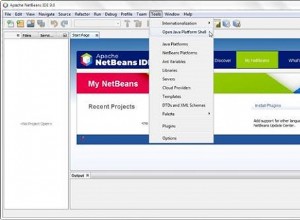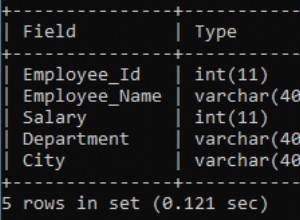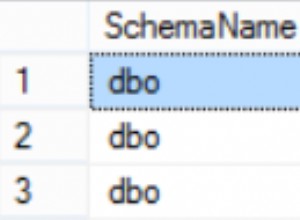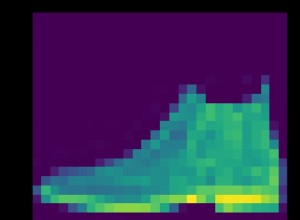Tu dici:
We want to highlight the parameters that have changed since the last revision.
Ciò implica che si desidera che il display (o il report) faccia risaltare i parametri modificati.
Se hai intenzione di mostrare comunque tutti i parametri, sarebbe molto più semplice farlo a livello di codice nel front-end. Sarebbe un problema molto più semplice in un linguaggio di programmazione. Sfortunatamente, non sapendo quale sia il tuo front-end, non posso darti consigli particolari.
Se davvero non puoi farlo nel front-end ma devi ricevere queste informazioni in una query dal database (hai detto "solo SQL"), devi specificare il formato in cui desideri inserire i dati. A elenco a colonna singola delle colonne che sono cambiate tra i due record? Un elenco di colonne con un contrassegno che indica quali colonne sono state modificate o meno?
Ma ecco un modo che funzionerebbe, anche se nel processo converte tutti i tuoi campi in nvarchars prima di eseguire il confronto:
- Utilizza la tecnica descritta qui (dichiarazione di non responsabilità:questo è il mio blog) per trasformare i tuoi record in coppie ID-nome-valore.
-
Unisci il set di dati risultante a se stesso su ID, in modo da poter confrontare i valori e stampare quelli che sono cambiati:
with A as ( -- We're going to return the product ID, plus an XML version of the -- entire record. select ID , ( Select * from myTable where ID = pp.ID for xml auto, type) as X from myTable pp ) , B as ( -- We're going to run an Xml query against the XML field, and transform it -- into a series of name-value pairs. But X2 will still be a single XML -- field, associated with this ID. select Id , X.query( 'for $f in myTable/@* return <data name="{ local-name($f) }" value="{ data($f) }" /> ') as X2 from A ) , C as ( -- We're going to run the Nodes function against the X2 field, splitting -- our list of "data" elements into individual nodes. We will then use -- the Value function to extract the name and value. select B.ID as ID , norm.data.value('@name', 'nvarchar(max)') as Name , norm.data.value('@value', 'nvarchar(max)') as Value from B cross apply B.X2.nodes('/myTable') as norm(data)) -- Select our results. select * from ( select * from C where ID = 123) C1 full outer join ( select * from C where ID = 345) C2 on C1.Name = c2.Name where c1.Value <> c2.Value or not (c1.Value is null and c2.Value is null)




